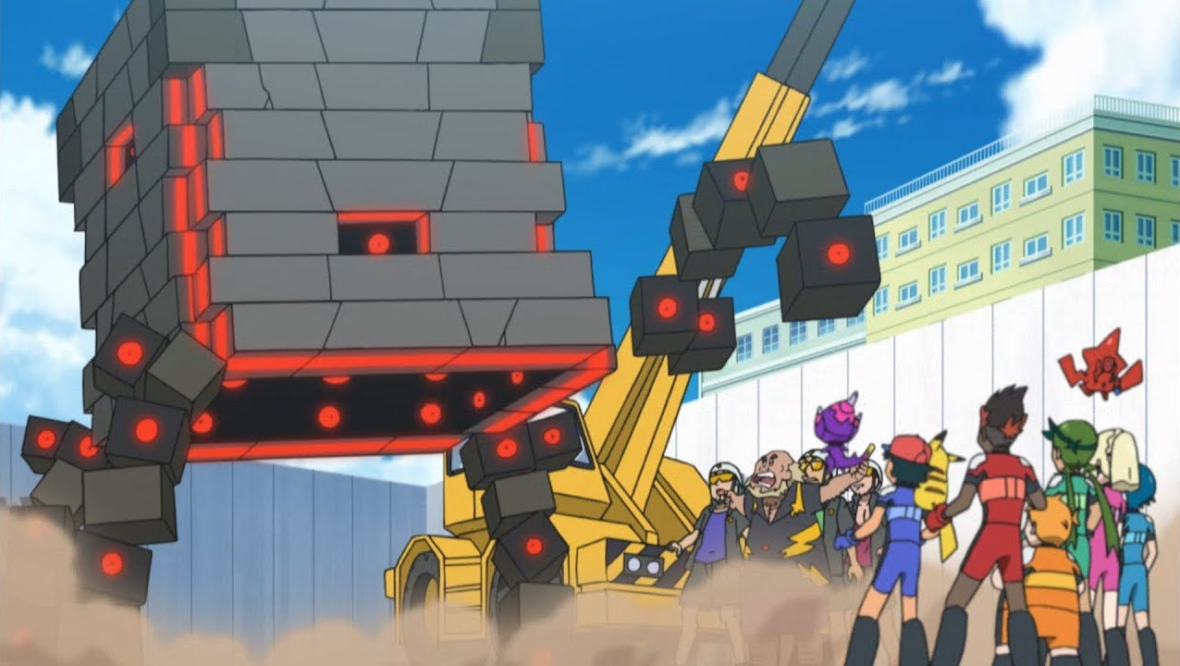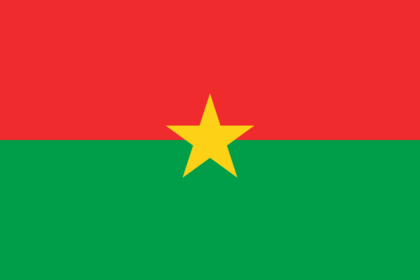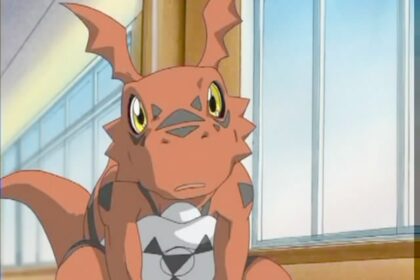Stakataka is a dual-type Rock/Steel Pokémon introduced in Generation VII in Pokémon Ultra Sun and Ultra Moon. It is not known to evolve into or from any other Pokémon. It is one of the Ultra Beasts and is known by the code name UB Assembly. Take a look below for 20 fun and awesome facts about Stakataka.
1. Stakataka is an Ultra Beast composed of many dark gray, stone lifeforms stacked together to form a four sided tower with a spindly leg on each corner.
2. The stones that form the legs and the top corners are slightly darker.
3. When at rest, its legs fit into the corners of the structure.
4. The lighter gray stones have glowing blue lines on their sides, which are visible along the edges and underside of Stakataka.
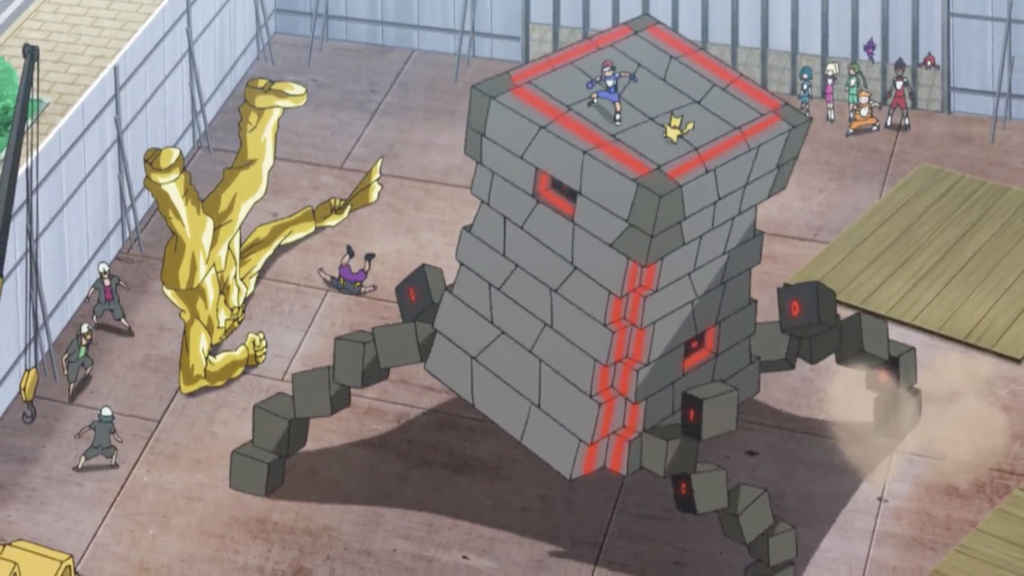
5. Each stone square has a black underside with a circular, glowing blue eye in the center.
6. These eyes will turn red whenever angered or fighting.
7. According to Phyco, a single Stakataka consists of 150 individual lifeforms.
8. As seen in the anime, Stakataka hates having anything on top of itself and will violently try to shake the object off.
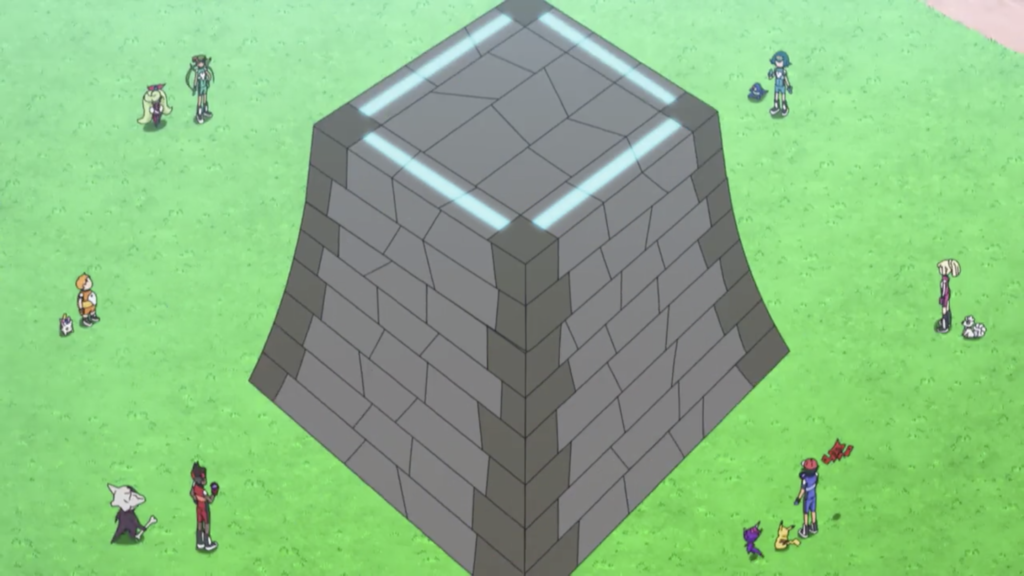
9. However, if someone can resist the shaking and successfully ride it, then it will calm down and they’ll gain Stakataka’s respect.
10. Stakataka is the heaviest Rock-type Pokémon.
11. Stakataka could be a counterpart to fellow Ultra Beast Blacephalon. Both have high Attack stats and the same base stat total, but Stakataka has one of the lowest Speed stats and has a high Defense and a decent Special Defense, while Blacephalon is fast and has a high Special Attack. Additionally, both appear in Poni Grove at the same point in the story, with Stakataka appearing in Ultra Moon and Blacephalon appearing in Ultra Sun.
12. Stakataka is the heaviest Rock-type Pokémon.
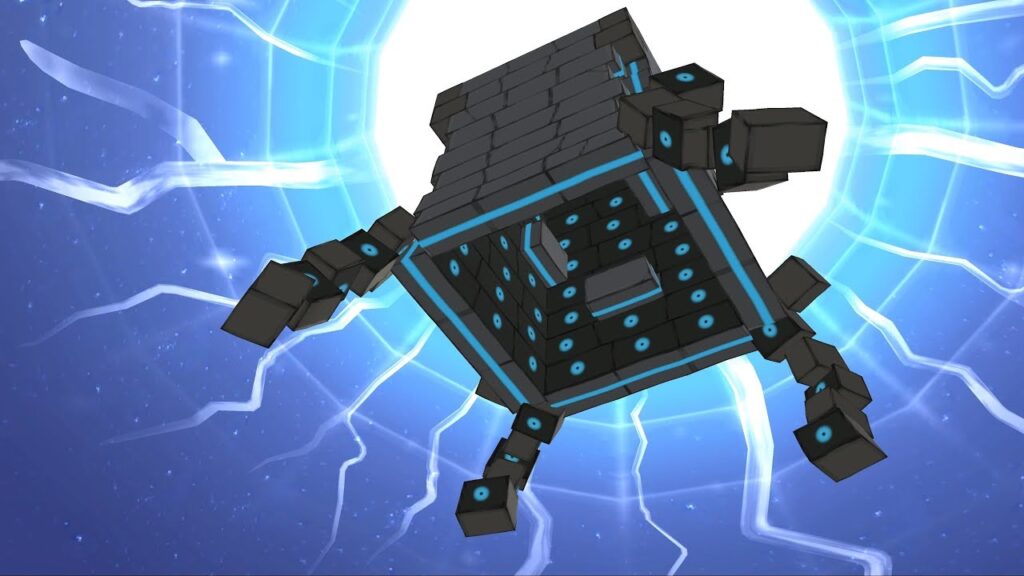
13. Stakataka’s height according to the Pokédex seemingly refers to its size while at rest as seen in Pokémon Refresh and the anime. When comparing sizes in Pokémon HOME, Stakataka standing on its legs is shown to be nearly twice as tall as Guzzlord which is also listed as having a height of 18’01” (5.5 m).
14. Stakataka resembles a castle tower. It may take inspiration from Mokumokuren, a species of yōkai distinctly identified by its myriad of eyes, and Nurikabe, a yōkai known for blocking the way of travelers in the guise of a wall.
15. Stakataka could also be inspired by the architecture of the Talaiotic culture, a culture that inhabited the Gymnesian Islands in Spain and was characterized by its architecture of white bricks in the shape of a pyramid.
16. It could also take inspiration from Naveta d’Es Tudons, a collective tomb in Menorca where several bodies and jewels were found (which explains that each brick is an independent way of life; Stakataka being composed of individual life-forms would be echoing this).
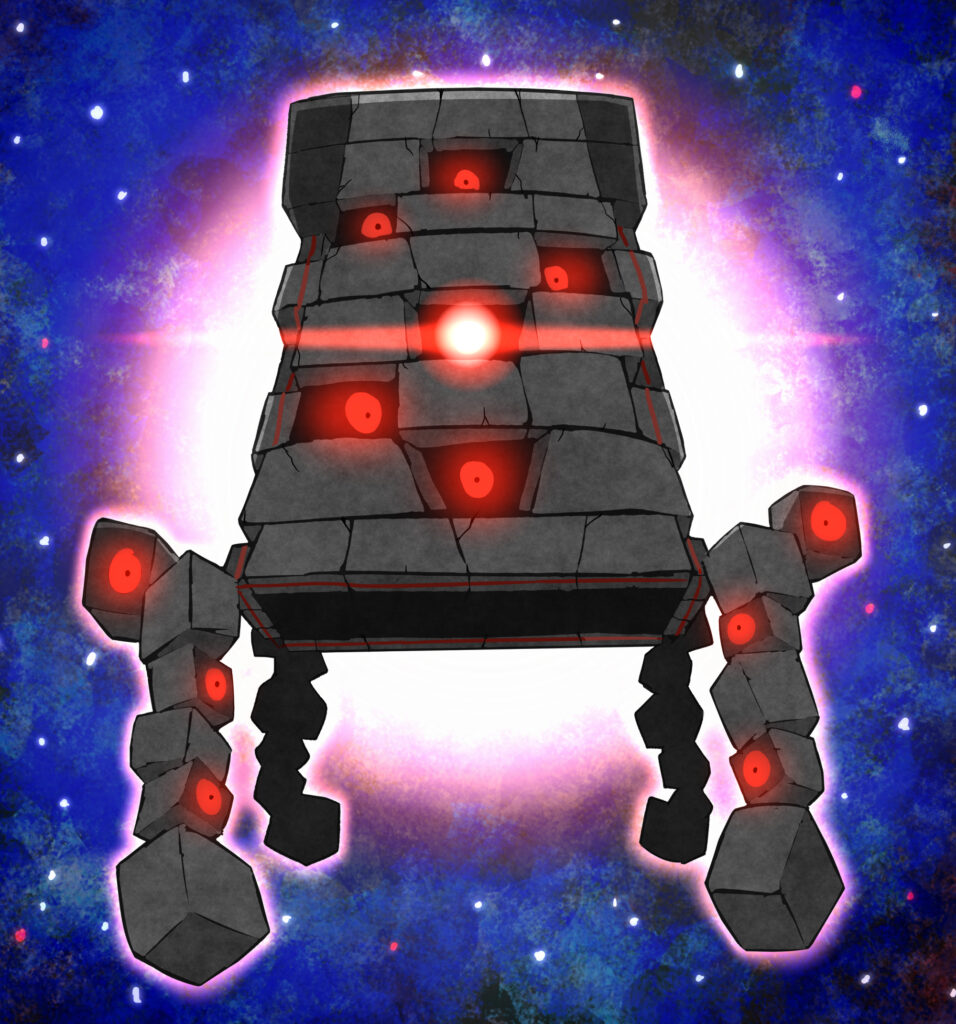
17. Stakataka may also take inspiration from colonial organisms, with each brick functioning like a zooid. Being an Ultra Beast, it may also reference the science fiction concept of aliens linked together in a group mind.
18. Stakataka may be a combination of stack and attack.
19. Stakataka debuted in The Long Vault Home!, where it arrived at the Pokémon School through an Ultra Wormhole around midnight. The Ultra Guardians attempted to catch it, but all of their attempts failed. It later made its way onto the construction site of a hotel being built by Viren and his henchmen. Viren mistook Stakataka for a statue stand and placed a golden statue of himself on top of it, causing it to go berserk. With Kiawe’s help, Ash and Pikachu detached the statue, calming Stakataka down long enough for it to allow him to catch it in a Beast Ball. Ash later released it, allowing Stakataka to go through another Ultra Wormhole back to its home.
20. Stakataka debuted in PASM28. It appeared at the Ultra Megalopolis, looking to fight Necrozma. After Stakataka captured Sun, Moon was forced to battle it in order to rescue him. It was later caught by Sun with a Beast Ball and nicknamed Lei.

